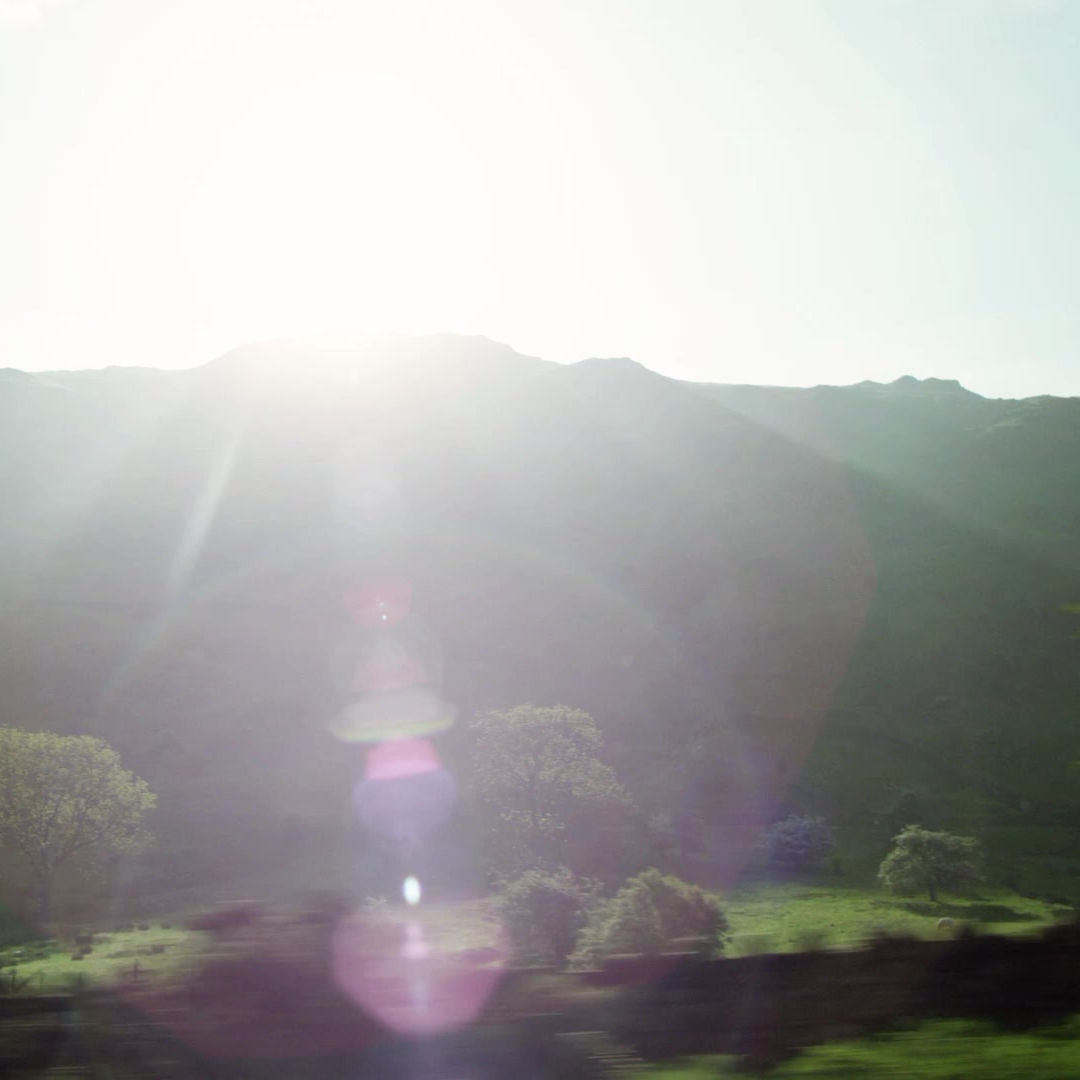Review: Oakley Photochromic Lenses
- Paul Molenberg
- Jan 29, 2019
- 4 min read
Updated: Nov 27, 2019
Have you ever found yourself wearing the wrong-tint sunglasses during an activity?
Photochromic lenses for sunglasses are designed to change their tint in response to changing ambient light conditions, which could be highly beneficial during certain sport activities. Oakley offers photochromic lenses for a number of their frames, but for this review, their Flak 2.0 XL was used. The photochromic lenses for this frame are rated at 69% light transmission in low light conditions, and 23% in bright light (activated).

The lenses alone were $100, so I had big expectations for them. Just trying them on, I noticed how good the clarity was. Now I needed to find out how they perform under changing light conditions with a variety of activities, including snow skiing, road biking, and mountain biking.
Snow Skiing:
As I headed out to the slopes in the morning, the dreary thick cloud cover that had dumped loads of snow the night before were still lingering. Many people were wearing goggles, but conditions were fine for glasses. With them on, the snow took on a dull-white color, almost a light gray. The lenses were activated, which means they were in their darkened state. There didn’t seem to be an “in-between” tint with this amount of lighting, but as I made my way down among other skiers, snowboarders, and trees, they allowed me to see everything without issue.

Having completed a number of runs, it was now early afternoon. The clouds had moved away and the blazing sun was reflecting off the snow, turning it a brilliant white. This brightness was not enough to cause any eyestrain or squinting, so the ongoing tint was enough to do the job. However, I would have preferred that they took on a lighter tint earlier in the day and an even darker tint when things brightened up.
Road Biking:
This was an after-work ride in late January, which meant there was not a lot of time before the sun went down. At first, it was as bright out as could be for this time of year. The lenses were at an appropriate tint and stayed that way, whether I was passing under the shadow of a tree or I was in the direct sun.
As the sun sank down and it’s disk slipped behind some high clouds, the horizon took on a light orange hue. It was starting to become noticeably darker. Despite this, my vision never became impaired because the slow shift toward darkness seemed to be commensurate with the speed at which the lenses were changing their tint. With my lights flashing, I continued on down the road, Oakley’s in position. The lenses were now at their lightest, but my vision felt natural. I’m sure that if I was in complete darkness I would have needed to remove them, but as it was, I finished with them on. For this activity, these lenses worked perfectly.
Mountain Biking:
Mountain biking often involves riding into dark, covered forests, and at other times riding in the brilliant sun. Glasses that can automatically change their tint for this type of contrasted lighting would be extremely helpful. This is where I could really test out the efficacy of these photochromic lenses. I chose a location that I knew had the right conditions for this test...areas with thick tree canopies that occasionally break out to open areas.
The trailhead was in the sun, so the lenses were activated. As I headed into the forest, the lenses were too dark, and it took several minutes for them to adjust. I kept them on and was able to see, but if the terrain was rougher and I was in unfamiliar territory, this could have been a factor in a mishap. Continuing on, I came to a grassy area that was mostly devoid of trees. Now the sun was shining down in full glory. I stopped and waited to see how long it would take for them to shift. Several minutes had passed before they were dark enough to comfort my eyes. As I went back under the canopy, it again took several minutes for them to adjust.
This was not ideal but is the best that can be expected with any photochromic lenses. With mountain biking, vision and reading the trail are critical skills for safety and performance, and should not be impeded. This is described in detail in my book: “Let’s Mountain Bike, The Complete Guide to Mountain Biking”. It's always important to judge the conditions where you ride and determine which lenses are best suited. This type does provide some versatility and could become your go-to glasses, as long as they’re used in the right conditions.
In Conclusion:
Oakley photochromic lenses come in at a high price. Whether you find value in this depends on what you want to use them for. If it’s not for an activity but you just like the concept of lenses that change from indoor to outdoor, then the tint’s rate of change is really not an issue. But when it comes to outdoor activity, this becomes more important, as does the degree of tint. As long as you’re aware of their limitations, these could be some cool shades.
Check out my highly acclaimed guide to mountain biking!

Bình luận